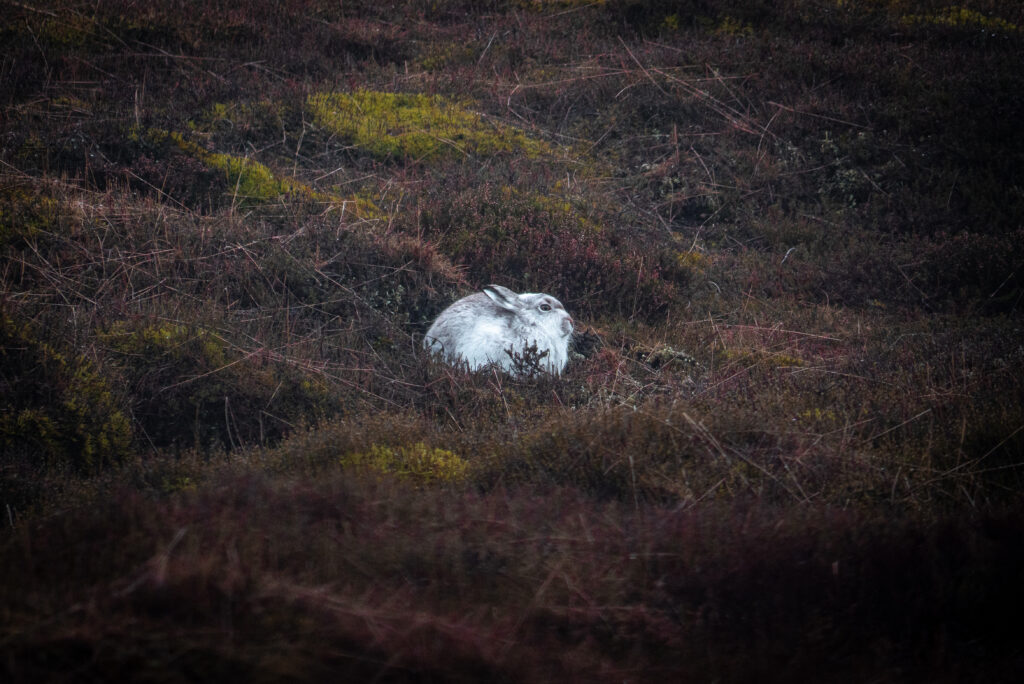Mountain hare densities in the Peak District could be five times higher than previous estimates, according to new findings.
The study, led by the Game & Wildlife Conservation Trust (GWCT), utilised a new counting methodology developed in Scotland alongside the James Hutton Institute and NatureScot (formerly Scottish Natural Heritage). This is now considered the best practice standard to survey this iconic but nocturnal species.

Counting was undertaken at night using specialised equipment, instead of the less reliable method of undertaking daytime transects. The new methodology has been used to great effect in Scotland and its use on the Peak District population is a first.
The monitoring was undertaken by the Peak District Moorland Group, whose members have reported regular mountain hare sightings across 16 estates covering 240km2 within the Dark Peak area of the national park.
The Peak District is the only place in England that has mountain hares. The results alleviate recent concern that the mountain hare’s population was under threat in the Peak District National Park.
Lead author Dr Nick Hesford, said: “Preliminary results suggest that the numbers of hares recorded by gamekeepers may be equivalent to a population density of around 52-126 mountain hares per km2. This is similar to the densities recently recorded in their core range in Scotland and between two to five times higher than the most recent estimates at other sites in the National Park.
“The threats of traffic accidents, the isolation of the Peak District population, disease and climate change remain, but this survey is welcome news for the species. Although we only have data from one year of surveys so far, the adoption of this new methodology in the Peak District is a breakthrough for the population, and it is our hope this survey continues to help conservation efforts in the future.”
Richard Bailey, Peak District Moorland Group coordinator, who helped arrange the surveys, said: “Mountain hares are predominantly nocturnal animals, so it makes sense that the night time counts are providing more successful and reliable population estimates than day time counting.
“This population of mountain hares has survived thanks to the habitat management and predator control undertaken by gamekeepers in the Dark Peak area. This research confirms that the hard work is still benefitting the species.”
You can view a short documentary about the study here.
